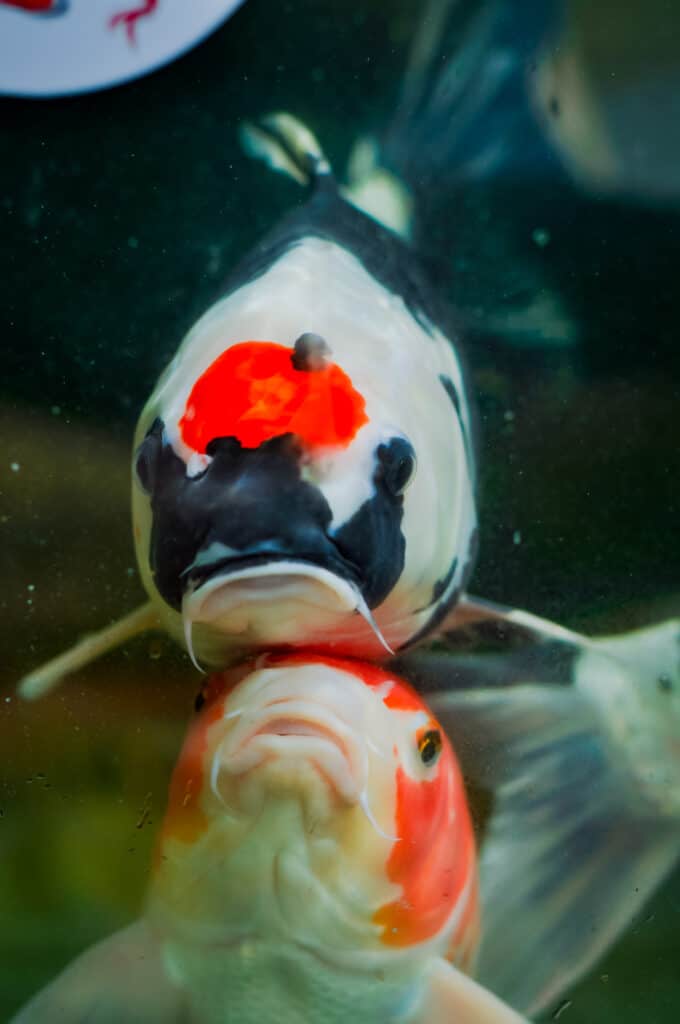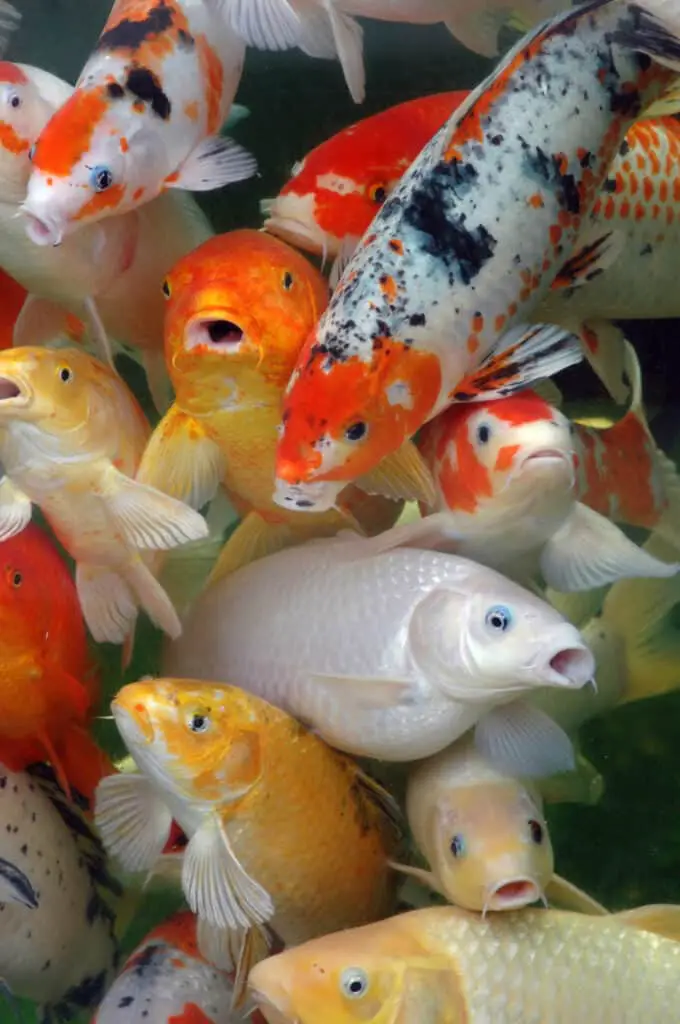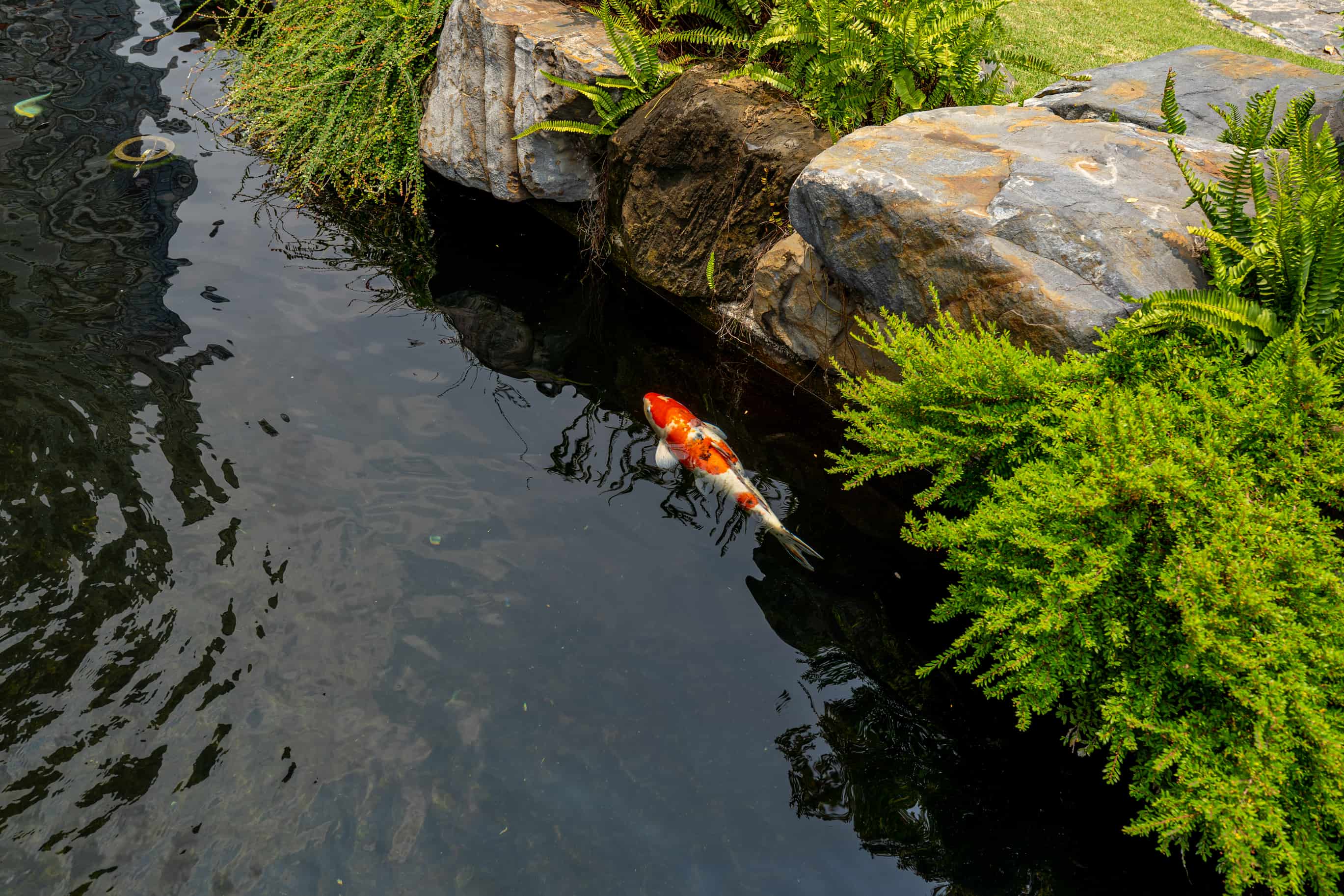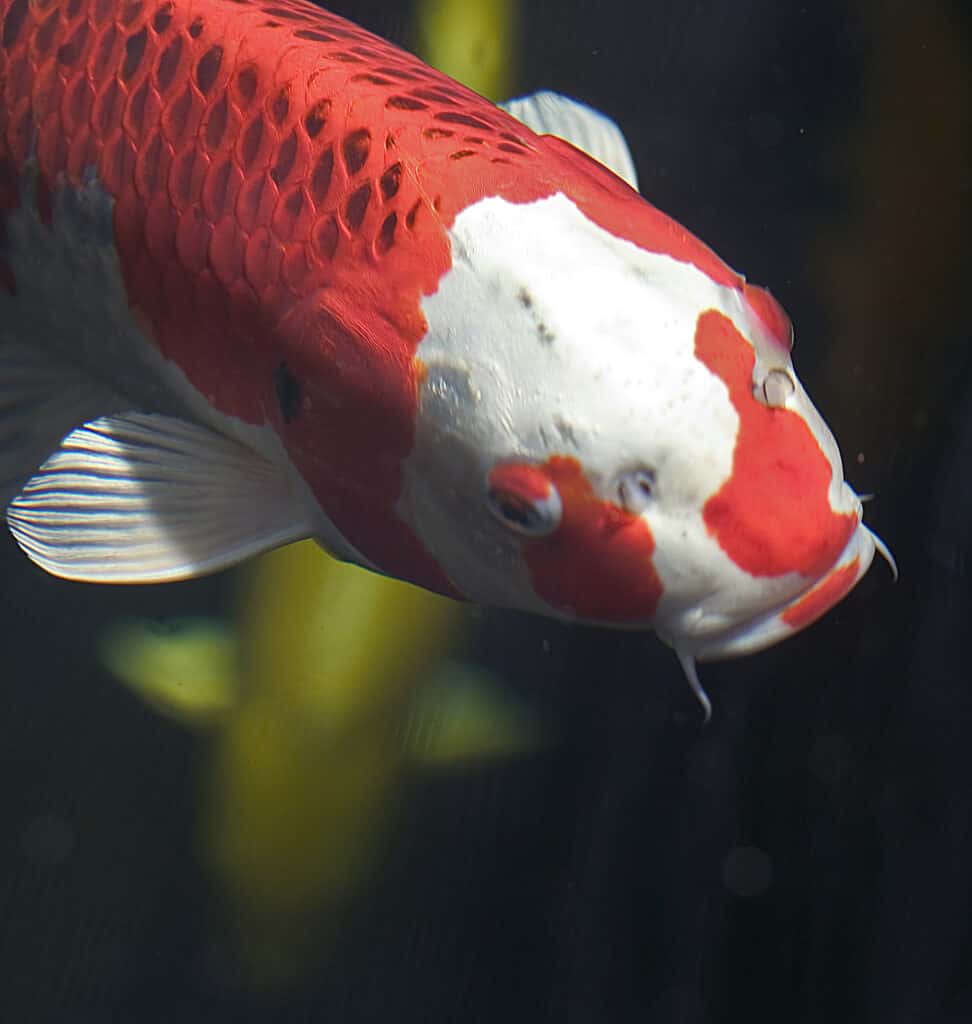
Koi fish have been popular and well documented in parts of Asia and central Europe for thousands of years. Originally they were domesticated for food due to their ability to adapt to many climates and conditions. Bland and dark-colored Koi fish often only sell for a few dollars, but others can cost thousands. So, why are Koi fish so expensive?
Koi fish are expensive due to the craftsmanship involved primarily with the breeding. Achieving impressive sizes and colors with different Koi fish takes years of experience. Only certain breeders have access to original and prize-winning bloodlines, which makes breeding competitive and, most notably, expensive.
Therefore, it’s not unusual to see Koi fish sold for thousands of dollars, but you might be surprised to read that the most expensive Koi fish ever sold was 1.8 million dollars. So, is it only the breeding that makes Koi fish so valuable, or are there other factors differentiating between a koi fish worth thousands and a koi fish worth millions?
What Makes A Koi Fish So Expensive?

The most crucial aspect influencing a Koi fish’s price is breeding. Natural Koi carp found in the wild are often dark-colored and unimpressive to protect themselves from predators. Koi fish associated with the hobby has been carefully placed in certain environments and under specific conditions to morph them into beautiful pets.
In the same way cats and dogs were domesticated and bred for specific purposes, Koi fish have a history of being bred for many different sizes and colors while being kept as pets.
Breeding Koi fish for impressive color and size is a challenging craft that takes years of experience and recourses, not to mention access to pure bloodlines. During breeding, specific fish are chosen from thousands of options to create the most successful and profitable offspring.
Not only does it take a master of the craft to select the perfect combination of Koi to breed, but taking care of all of the offspring is quite an expense as Koi can lay thousands of eggs, including some that might not be impressive at all. Therefore, all offspring need to be taken care of and fed, but not all of them will yield a profit.
Due to only particular Koi being valuable, the farmers will start eliminating them by selling the lesser impressive fish for a few dollars or abandoning them altogether. It would help if you kept in mind that it is impossible to see which Koi will be beautiful and impressive within the first three to four years. Hence, farmers need to act quickly to avoid unnecessary loss once a proper decision can be made.
As with any craft, expertise and recourses come at a cost, and breeding Koi fish is arduous even for those cultivating it for years.
Characteristics Of A Koi That Influences The Price
The most significant characteristics of a Koi, in no specific order, are the size, color, and patterns. As previously mentioned, breeding koi fish is a delicate process, and curating the purest and most impressive bloodlines takes a lot of experience and recourse.
What makes Koi bloodlines so significant is their quantity and prominence of color cells. Due to the cells being in different skin depths, some Koi fish become more beautiful over time and are overall more impressive than others, which brings us to the first characteristic: color.
First and foremost, the color of a koi fish is considered an essential characteristic not only for aesthetic value but also for its symbolic value. Certain combinations of color like white and red are highly sought after in the market due to their symbolizing purity, honesty, and integrity, especially in Japan.
Not only are the colors red and white popular, but the most popular combinations that are part of the winning categories include Kohaku, Sanke, and Showa. Breeding these color Koi can be a competitive venture as there are hundreds of them, and only the most attractive will yield a profit.

Although color is the most influential category regarding price, size is also vital to collectors. In short, the larger the Koi, the more worth it is; however, the color still makes a considerable difference as a golden metallic Koi with a length of about 6 inches might cost around $100, whereas a white and red patched Koi of the same size can easily go for $3000.
Finally, patterns in Koi fish are unique and quite advanced; therefore, collectors will pay good money to own Koi with famous patterns such as Asagi, Bekko, and Ginrin. Breeding Koi with specific patterns is a specialized field and, as a result, forms part of a niche market.

Other Factors That Influence Koi Prices

Besides the breeding process and the quality of the fish itself, other factors influence Koi prices that are more indirectly related to the specifics of the market.
- Firstly, the most impressive and prominent Koi fish are bred abroad and must be shipped to different collectors. Shipping costs are expensive due to logistics but transporting domestic animals comes at a price.
- Secondly, breeding Koi fish is a proud tradition in Japan and is also the national fish known as the “living jewel in the water.” Due to its heritage and special connection to traditions, it’s a pet often associated with the wealth and longevity of a rich culture.
- Thirdly, although Koi fish are considered pets, they are tropical and require specific conditions in their environment. Not only are Koi themselves expensive, but creating an environment where they thrive is an expensive journey. Owning fish, in general, is not an inexpensive hobby, and Koi are at the top of the market.
Conclusion
Breeding Koi fish is a craft that requires a lot of skill and recourses. Even master breeders have to compete in a strenuous market where Koi fish have unique patterns and bolding colors to stand out from the crowd. A lifelong tradition in Asian heritage, owning Koi fish is associated with a wealthy culture millions of collectors pay good money to be a part of.
References
https://www.quora.com/Why-are-Japanese-koi-fish-so-expensive

